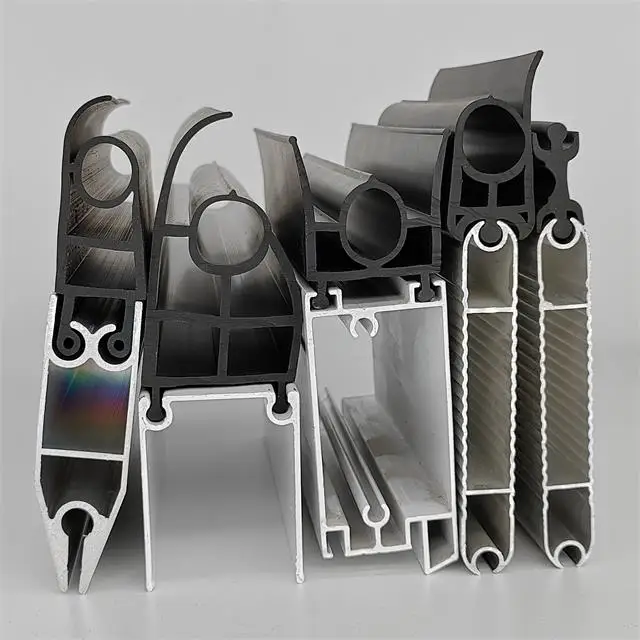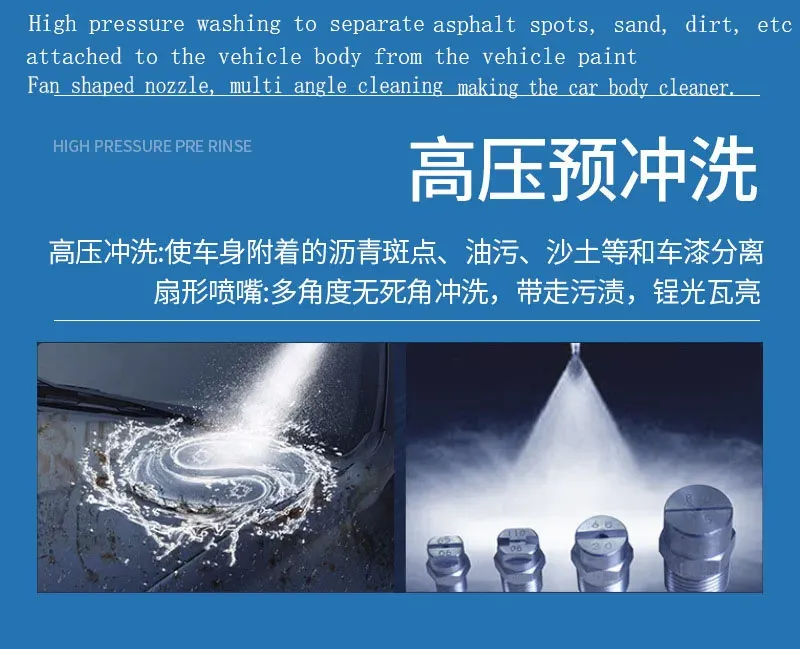In conclusion, foam window seal strips play a crucial role in enhancing energy efficiency, comfort, and sustainability in buildings across China. Their cost-effectiveness, ease of installation, and multiple benefits make them an essential addition for homeowners and builders alike. As China continues to prioritize energy conservation and environmental stewardship, the demand for effective insulation solutions like foam window seal strips is likely to grow, leading to a more sustainable future for urban living.
 Home
Home












